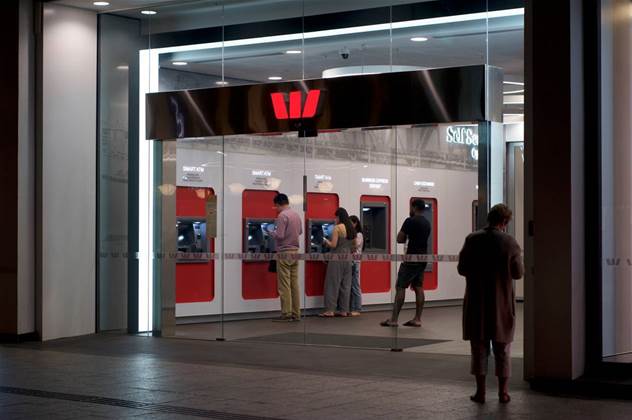Westpac Banking Group has revealed an institution-wide mission to cut excessive and wasteful spending on technology as it pushes ahead with its ambitious Unite system rationalisation project.

The banking group had expected average annual investment to reach around $2 billion between FY2025 and FY2028 to meet costs associated with Unite.
The transformation project aims to cut complexity and operational costs due platform duplications that have accrued since the beginning of an acquisition phase which started with smaller banks in the mid-90s and reached its peak in 2008 when it merged with rival St. George Bank.
However, CEO Anthony Miller, who took over from Peter King as the bank’s CEO last December, now appears to have run a ruler over the transformation spend and decided it needs stronger scrutiny.
Responding to concerns raised about the bank’s approach to governance costs at a parliamentary hearing as part of it review of Australia’s four major banks, Miller said every employee was now studying the value of technology purchases more closely.
“It’s a responsibility for all of us at Westpac, myself as the CEO, but for every employee to be thoughtful about how we spend money. If we’re going to spend money – which is our shareholders’ money – [we must ask] ‘are we getting value for that?’
“Things like services we buy from external technology vendors, the services we provide from external parties – are we paying the right price? Are we getting value from that?
"To be candid with you, that’s a challenge the myself and the rest of the team at Westpac is embracing because I think we can do a better job,” Miller said.
The bank was also taking a closer look at its roster of external consultants, Miller said, questioning whether external validation was necessary or if executives should trust their own judgement and decision-making more.
“At that point we’ll see a much better cost-to-income ratio,” he said.
However, with enforceable undertakings against the bank by the Australian Prudential Regulation Authority (APRA) only being lifted last month, Miller told the committee that the bank's cost rationalisation efforts would not come at the expense of compliance standards.
Westpac was one of three major banks to which APRA applied mandatory additional capital requirements of $500 million each to address higher operational risk identified in governance self-assessments in July 2019.
In December 2019, APRA lifted Westpac’s capital requirements to $1 billion in after AUSTRAC commenced an investigation into whether the bank breached the Banking Act and prudential standards in relation to its governance standards.
The undertakings were lifted last month but the bank’s Unite program is hitting its stride at time when large industry and government organisations are under pressure to make large investments in AI technology to find operational efficiency and cost savings.
Westpac is no exception. Miller said he remained cautious about some of the hype around the technology but told the parliamentary committee that its potential impact on the way the bank operated was “going to be quite profound over time”.
He revealed to the committee that the bank wants to get the technology into “the hands of as many people as we can” and revealed that, to date, it had provided 15,000 employees with access to Microsoft’s Copilot agent tool .
However, he added that they were still getting the hang of AI.
“The next chapter for us and next stage is then to start to look at what more can we do. What incremental investment what other AI capability we need to introduce so that people can do [their jobs] easier, they can do it safer, they can do it faster,” Miller said.


_(5).jpg&h=140&w=231&c=1&s=0)

.png&h=140&w=231&c=1&s=0)






 Digital NSW 2025 Showcase
Digital NSW 2025 Showcase












_(1).jpg&h=140&w=231&c=1&s=0)



